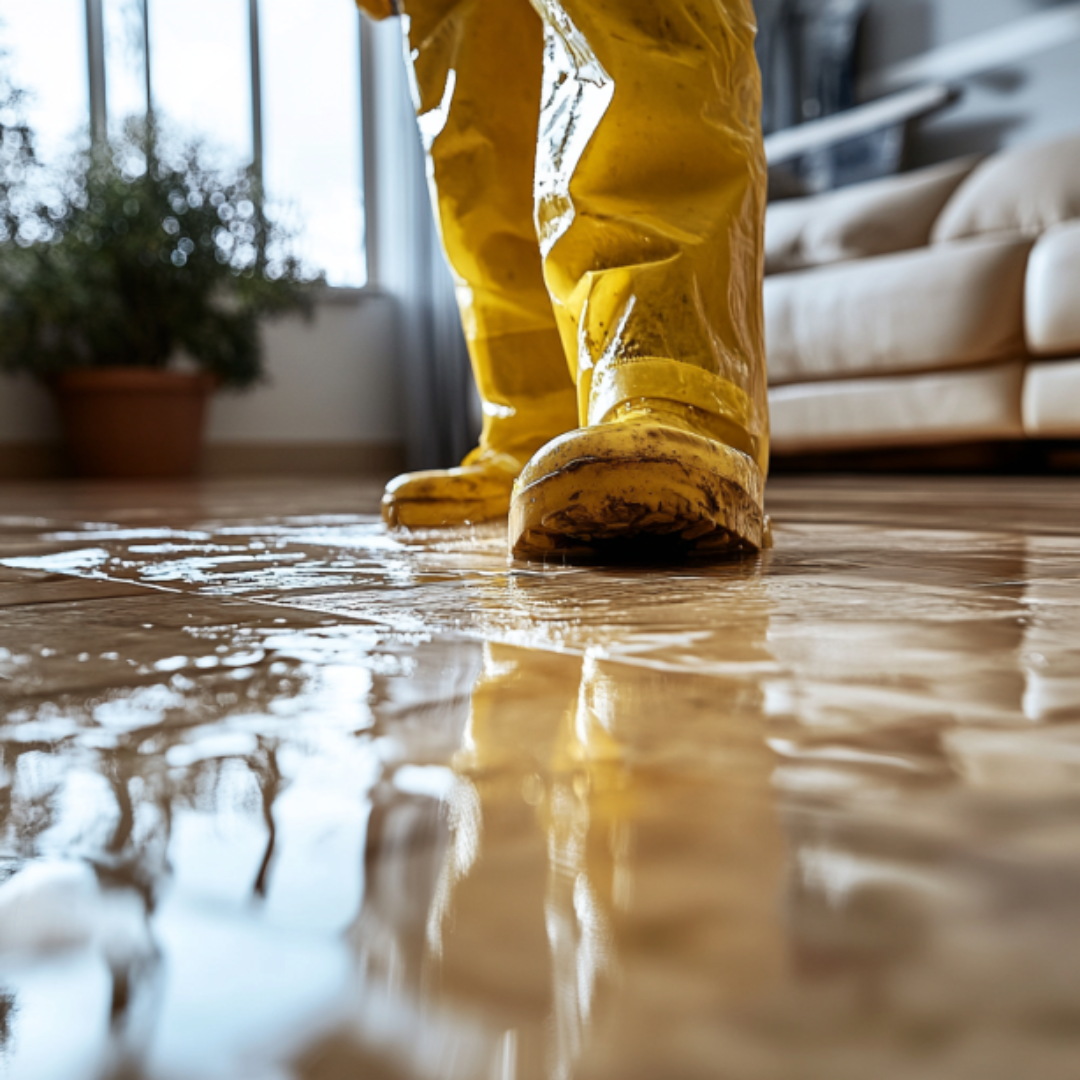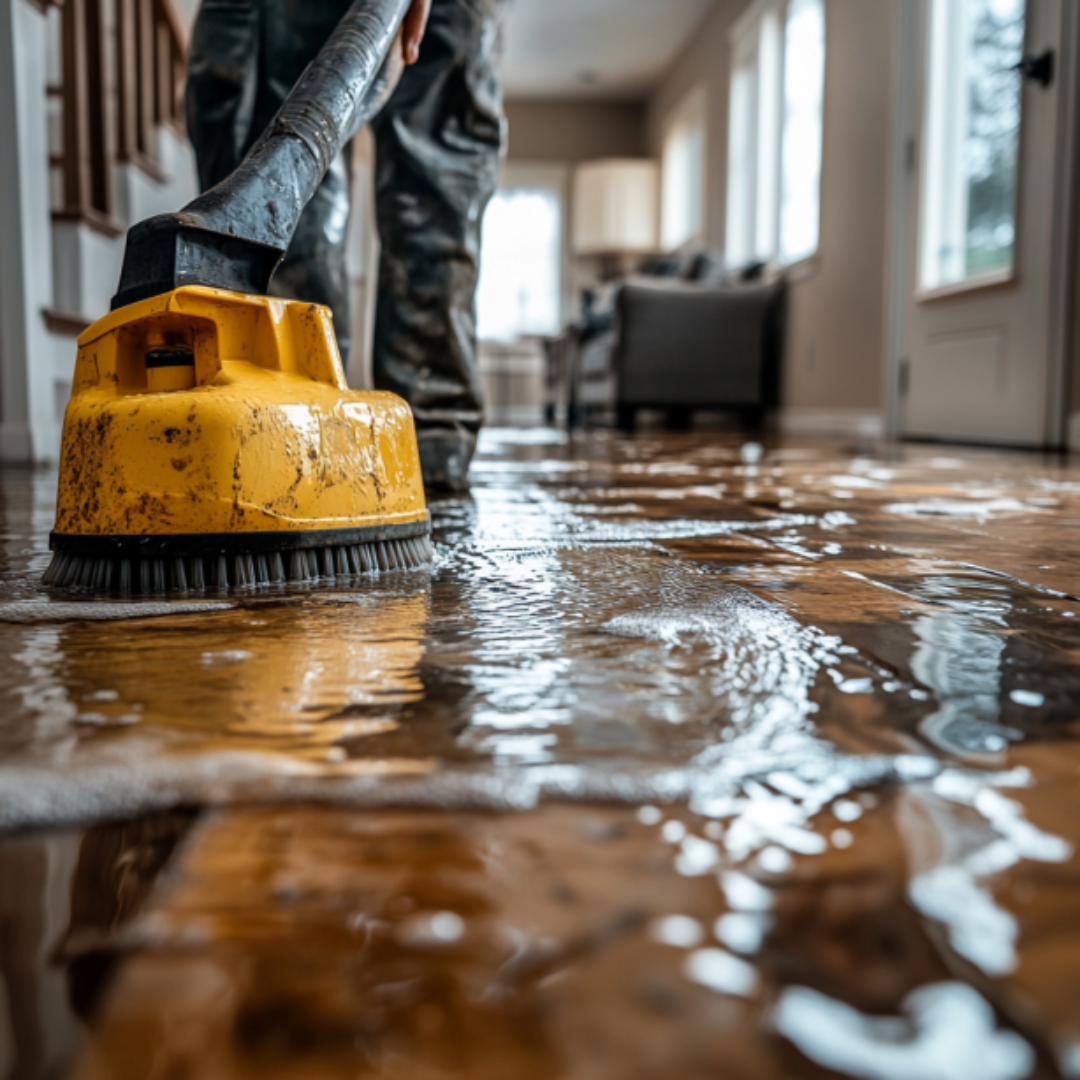Feb 28, 2025
Fast Action Guide: Water Damage Restoration Los Angeles

Why Quick Response Matters
Water damage isn’t just a nuisance; it’s a race against time. The longer you wait, the worse it gets. In Los Angeles, unexpected water leaks, pipe bursts, and natural disasters can turn your home into a disaster zone within hours. That’s why Water Damage Restoration Los Angeles services are essential.
The key to minimizing damage is to act fast. Within minutes, water seeps into walls, floors, and furniture. Within hours, mold starts growing. Within days, structural damage becomes irreversible. For expert advice on
emergency water damage cleanup
, explore trusted resources that provide in-depth guidance.
The Hidden Dangers of Water Damage
You might think a little water is harmless. But here’s what you’re really dealing with:
- Mold Infestation – Mold grows in less than 24 hours and can lead to serious health issues.
- Structural Weakness – Water weakens drywall, wood, and even the foundation of your home.
- Electrical Hazards – Water and electricity don’t mix, creating fire risks.
- Bacteria & Contaminants – Standing water is a breeding ground for harmful bacteria.
If you’re facing unexpected damage, learning about
can help you make informed decisions.
Immediate Steps for Homeowners
If you experience water damage, follow these immediate action steps before professional help arrives:
1. Ensure Safety First
- Turn Off Power – Water and electricity can be deadly. Shut down the power supply if safe to do so.
- Avoid Contact with Water – If the water is from an unknown source, it could be contaminated.
- Evacuate if Necessary – If flooding is severe, prioritize your safety and leave the premises.
2. Stop the Water Source
- Identify the Leak – Locate where the water is coming from.
- Shut Off Main Water Supply – If the leak is from a plumbing issue, turn off the main water line.
- Call for Help – Professional Water Damage Restoration Los Angeles experts can identify and repair the source.
3. Remove Excess Water
- Use Towels & Mops – If safe, try to absorb standing water.
- Use a Wet/Dry Vacuum – For small areas, a wet/dry vacuum helps remove moisture.
- Open Windows & Use Fans – Improve air circulation to speed up drying.
Whether you’re dealing with minor leaks or severe flooding, understanding
mold prevention and removal guide
can make the restoration process easier.
Professional Restoration Process
Once professionals arrive, they follow a step-by-step process to restore your home:
Step 1: Inspection & Damage Assessment
Experts inspect the property using moisture detectors and thermal imaging cameras to identify hidden water pockets.
Step 2: Water Extraction
Powerful pumps and vacuums remove standing water, preventing mold and bacteria growth.
Step 3: Drying & Dehumidification
High-speed air movers and industrial dehumidifiers ensure that walls, floors, and furniture dry completely.
Step 4: Cleaning & Sanitizing
- Antimicrobial Treatments – Eliminates bacteria and prevents mold.
- Deodorization – Removes musty smells caused by water damage.
Step 5: Restoration & Repairs
- Minor Repairs – Fixing drywall, replacing carpets, repainting.
- Major Restorations – Structural repairs if necessary.
Preventing Future Water Damage
Water damage isn’t just about fixing the problem – it’s about preventing it from happening again.
Homeowner Tips to Avoid Water Damage
- Regularly Inspect Pipes – Look for leaks, rust, or bulging in your plumbing system.
- Clean Gutters & Drains – Prevent roof leaks and basement flooding.
- Install Water Alarms – These devices alert you to leaks before major damage occurs.
- Maintain Appliances – Regularly check washing machines, dishwashers, and water heaters for leaks.
FAQs: Everything You Need to Know
1. How long does water damage restoration take?
The process can take anywhere from a few days to several weeks, depending on the extent of the damage.
2. Can I handle water damage cleanup myself?
For small spills, yes. But for major damage, professional Water Damage Restoration Los Angeles services are needed to prevent mold and long-term structural issues.
3. Will my homeowner’s insurance cover water damage?
It depends on the cause. Most policies cover sudden accidents (burst pipes) but not gradual leaks or floods unless you have specific coverage.
4. What’s the biggest mistake homeowners make after water damage?
Waiting too long to call for help. The longer water sits, the worse the damage becomes.
5. How can I find a reliable water damage restoration company in Los Angeles?
Look for:
- 24/7 Emergency Services – Water damage doesn’t wait for business hours.
- Licensed & Certified Professionals – Ensure they follow industry standards.
- Good Reviews & Testimonials – Reputation matters.
Why You Need Professional Help
Water damage isn’t just about what you see—it’s about what you don’t see. Water seeps behind walls, under floors, and into hidden corners. If not dried properly, mold and structural issues will follow.
That’s why hiring Water Damage Restoration Los Angeles experts is the smartest decision. They have the tools, knowledge, and experience to restore your home safely and efficiently.
Final Thoughts
Water damage can feel overwhelming, but quick action makes all the difference. By recognizing the early signs, taking immediate steps, and calling in professionals, you can minimize damage and prevent costly repairs.
If you’re facing water damage in Los Angeles, don’t wait—act fast and restore your home before the damage spreads.
More Details